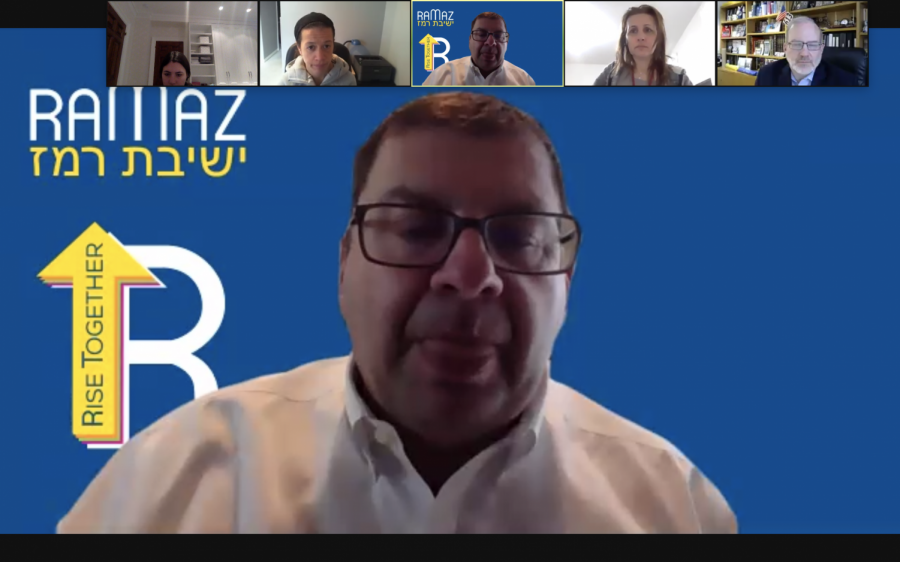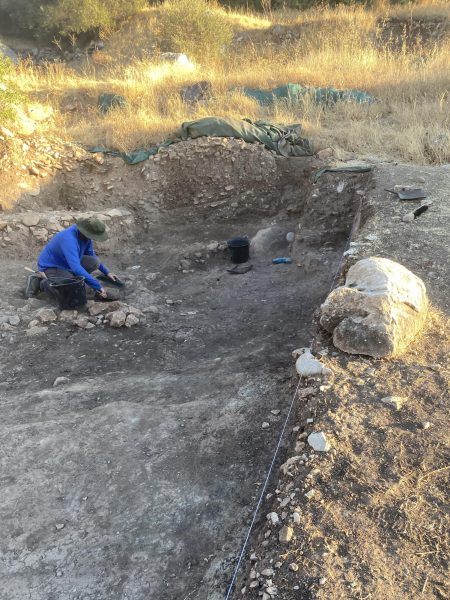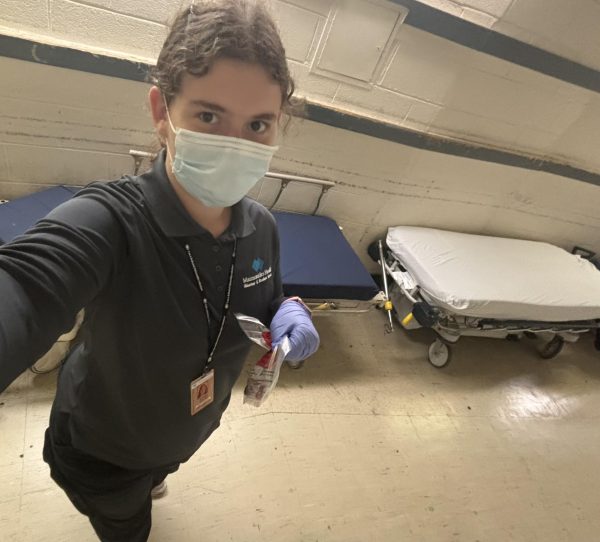Lessons Learned
This year, online school starts later, has longer breaks, and has a common lunch period between all four grades. There are also fewer classes a day, yet each period is longer. These changes in the schedule, along with inherent difficulties with Zoom, caused curriculums to be shortened or altered. Even though students are able to learn in-person a few days a week, Ramaz is still far from what it was prior to the pandemic.
The defining feature of the Ramaz hybrid system is the daily rotation between online and in-person learning. This frequent switch allows for teachers to directly analyze the differences in these learning environments. Regarding online classes, Rabbi Schiowitz said, “Overall I think that they are less productive. Some learn well on Zoom but many people find it very difficult. The lively dynamic is difficult to capture on Zoom and some students are distracted or unfocused.” He appreciates that in-person classes cultivate a certain environment that is not possible to obtain on Zoom.
Dr. Bernstein said that Zoom makes it “much harder to foster classroom discussion and gain a full sense of how much students understand what is being taught.” While online classes proved to be useful to cover more material faster, the history department has not been able to teach as much material as in years past.
Dr. Roldan said that online classes have the potential to be far more productive than in-person classes because the software enables teachers to easily control and “discipline” the students. Although online class may limit student interaction with teachers, the online setting gives teachers control that is not possible while in-person.
This year’s schedule also affects how much material classes can cover and the material classes are being taught. In the science department, one of the most notable differences from previous years is the lack of labs. Due to social distancing regulations and the fact that many science classes are simply no longer held in the science rooms, it is much harder to have labs. Teacher demonstrations are still commonplace, but students do not have the same hands-on experiences as in previous years. No plant cell walls are examined under a microscope and the boiling point of water cannot be analyzed.
Similarly, in-person chavrutah learning for Judaic studies classes are severely limited because of social distancing restrictions. Rabbi Schiowitz said, “I am definitely doing less chavruta [learning] this year because of the social distance requirements in class. I have used breakout rooms, but they have drawbacks.” Often, students use the breakout rooms as a “phone break room” and do not work in a group like the teacher expects.
Every department has its own issues and challenges with the Zoom schooling model. The teachers and administration have succeeded in creating a school system that sufficiently allows students to learn safely, but it clearly has its inevitable drawbacks.



